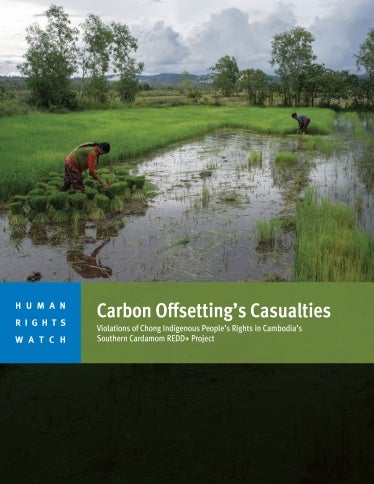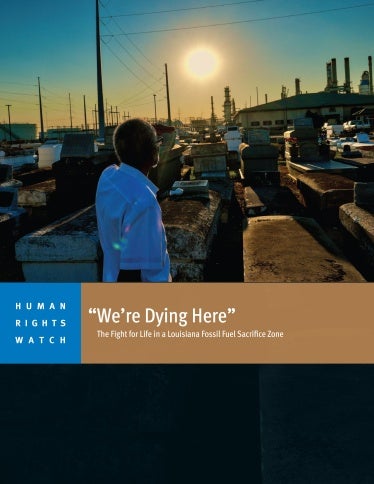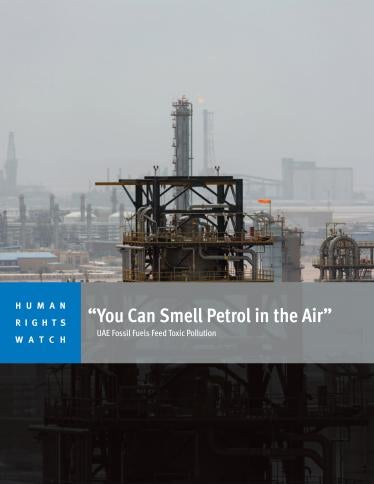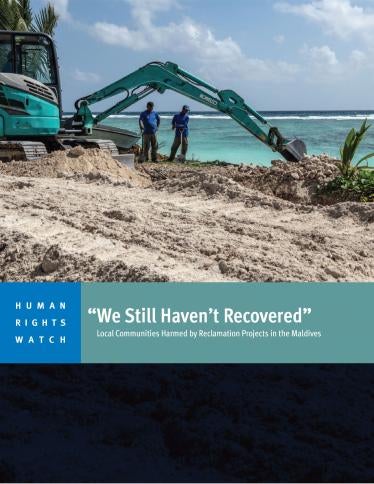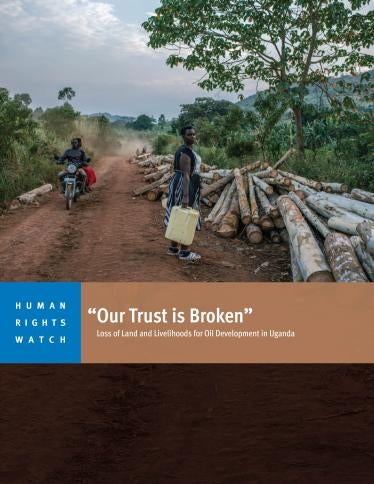Tainted
JBS and the EU’s Exposure to Human Rights Violations and Illegal Deforestation in Pará, Brazil
The 86-page report “Tainted: JBS and the EU’s Exposure to Human Rights Violations and Illegal Deforestation in Pará, Brazil,” details how cattle ranchers illegally seized land and devastated the livelihoods of lawful residents in the Terra Nossa smallholder settlement and the Cachoeira Seca Indigenous territory, affecting their rights to housing, land, and culture. Human Rights Watch analysis of official sources shows that illegal farms in these areas sold cattle to several JBS direct suppliers.











